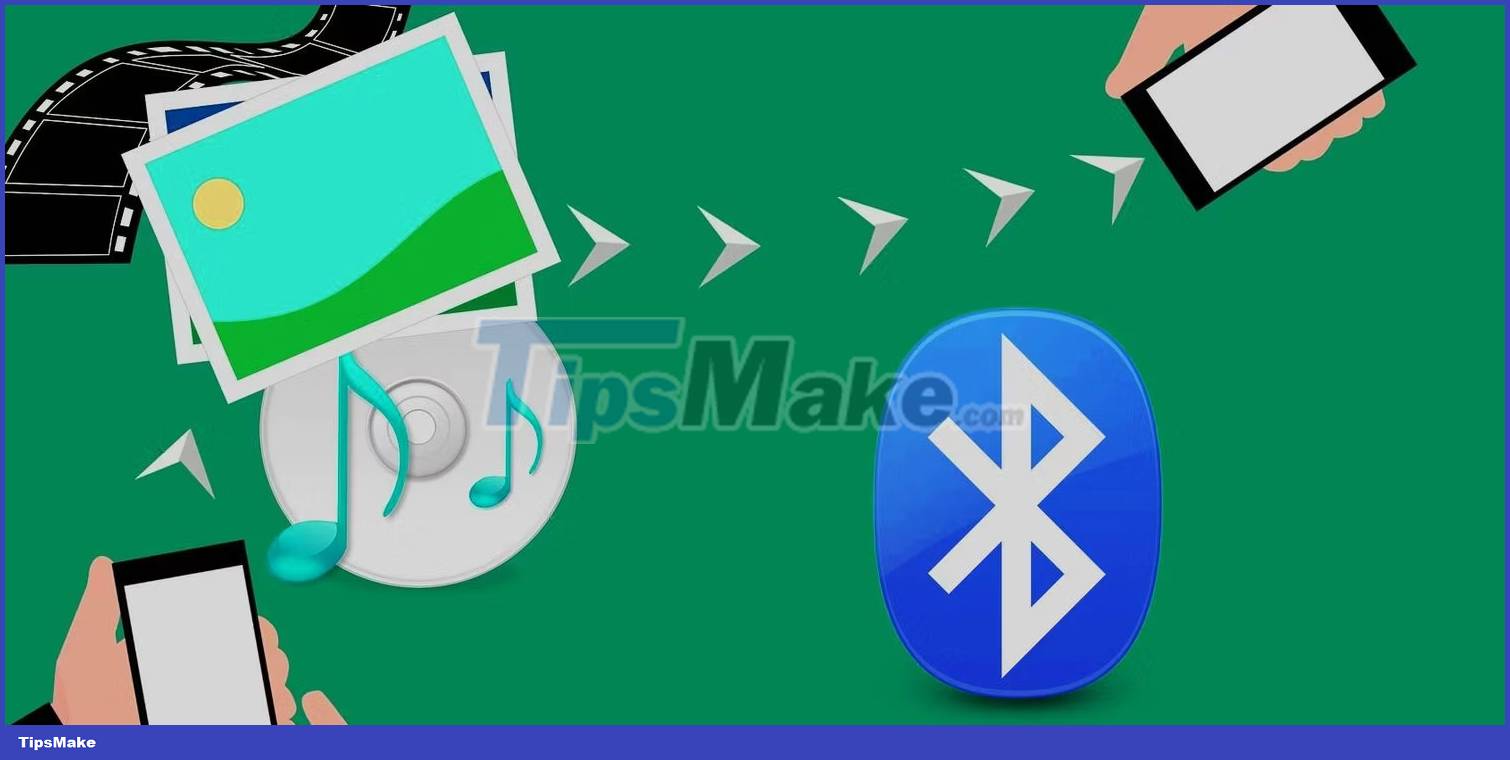What is BlueSmack attack?
To protect your devices, it is essential to understand the BlueSmack attack, its differences from traditional DoS attacks, and the potential impacts of this type of attack. You should also learn about essential defense strategies to protect against this modern threat.
What is BlueSmack attack?
BlueSmack attack is one of the unique and disturbing cybersecurity threats. Unlike conventional attacks that target software vulnerabilities or network weaknesses, BlueSmack exploits the wireless communication capabilities inherent in Bluetooth technology.
This attack falls under the category of DoS (Denial-of-Service) attacks, which aim to disrupt the availability of a target system or network, making it temporarily or indefinitely inaccessible to legitimate users.
How is BlueSmack different from traditional DoS attacks?
Compare BlueSmack with traditional Denial of Service (DoS) attacks. While they both share the same goal of service disruption, they differ significantly in focus and execution.
| Attack BlueSmack | Traditional DoS attack | |
|---|---|---|
| Target | Bluetooth enabled devices | Network infrastructure, software vulnerabilities |
| Method | Amplify the signal widely | Excessive use of network resources, software exploitation. |
| Impact | The device is not responding | Network down, service unavailable. |
| Exploit | Limitations of Bluetooth,amplification techniques | Network congestion, system vulnerabilities. |
1. Goals
The BlueSmack attack only focuses on Bluetooth enabled devices. These devices include smartphones, laptops, tablets, headsets and other wireless communication devices based on Bluetooth technology. In contrast, traditional DoS attacks often target network infrastructure or exploit software vulnerabilities found in operating systems, applications, or services.
2. Method
The distinctive method of the BlueSmack attack lies in its use of widespread signal amplification. Attackers use signal amplification to force the target device to process an excessively large number of packets, causing the device to become unresponsive. The L2CAP (Logic Link Control and Adaptation Protocol) layer is used to transmit this large packet and initiate the DoS attack. This is usually done through the l2ping utility.
On the other hand, traditional DoS attacks can include various methods, such as overwhelming network resources, exploiting software vulnerabilities, or even launching attacks on application layers.
3. Impact
The main impact of the BlueSmack attack is the unresponsiveness of the targeted Bluetooth enabled device. This prevents the device from performing its intended functions. In contrast, traditional DoS attacks focus on bringing down the network or rendering the service inoperable, affecting a wider range of users.
4. Exploitation
The BlueSmack attack takes advantage of the inherent limitations of Bluetooth range and uses amplification techniques to magnify the impact. It takes advantage of specific vulnerabilities present in certain Bluetooth devices to achieve its goals. Traditional DoS attacks exploit network congestion, system vulnerabilities or weaknesses in software to disrupt services or networks.
How is the BlueSmack attack performed?
Carrying out the BlueSmack attack involves a series of carefully orchestrated steps, each designed to exploit the unique properties of Bluetooth to the attacker's advantage:
Step 1: Identify the target device
The first step in the BlueSmack attack involves identifying potential target devices. Attackers scan the surrounding area for Bluetooth-enabled devices, such as smartphones, laptops, tablets, and other devices that use Bluetooth technology.
Step 2: Choose a goal
Once potential targets are identified, the attacker chooses a specific device to focus on. This decision can be based on many factors, such as the device's popularity, its potential impact, or the attacker's specific goals.
Step 3: Create package

Attackers generate a large number of Bluetooth packets, each containing seemingly random data. These packets are then prepared to be transmitted to the target device quickly.
Step 4: Amplify
To amplify the impact of the attack, attackers take advantage of an existing vulnerability in certain Bluetooth devices. This vulnerability causes the targeted device to generate an amplified response when specific packets are received.
Step 5: Flood the target device with an overwhelming number of packages
With the necessary packages prepared, the attacker initiates the attack by flooding the target device with an overwhelming number of packets. The amplified responses from the targeted device will augment incoming packets, rapidly saturating the device's processing power.
Step 6: Device is not responding
As the target device struggles with the packet stream and the response is amplified, its processing capacity becomes overwhelmed. This results in the device becoming unresponsive, unable to process legitimate user requests, and denying service to its legitimate users.
Impact of the BlueSmack attack
The impact of a successful BlueSmack attack can be huge and disruptive, affecting individuals, organizations and businesses:
1. Service interruption
The most immediate consequence of the BlueSmack attack is service disruption. The targeted Bluetooth-enabled device will no longer be able to function, making it unable to perform its intended functions.
2. Loss of productivity

For individuals and organizations, the consequences of the BlueSmack attack could be more than just an inconvenience. If a targeted device is essential for productivity, such as a work laptop or smartphone, the attack could result in significant productivity loss and downtime.
3. Data loss
In certain cases, sudden unresponsiveness caused by a BlueSmack attack can lead to data loss. Ongoing tasks, processes or transactions can be interrupted without warning, potentially resulting in the loss of valuable data.
4. Reputation damage
Businesses are particularly vulnerable in terms of reputation if the BlueSmack attack is successfully implemented. Such attacks can disrupt services provided to customers or partners, erode trust, and damage an organization's reputation.
Best Defense and Mitigation Strategies for BlueSmack Attacks
Effectively combating a BlueSmack attack requires a multifaceted approach that includes both proactive measures and response strategies:
1. Disable Bluetooth
When the Bluetooth function is not needed, it is recommended to disable it on your device. This simple step helps to reduce the potential attack surface, making your device a less attractive target for BlueSmack and other types of Bluetooth exploits.
You should also avoid turning on Bluetooth in public areas because this leaves attackers near your device open to malicious behavior.
2. Update firmware and software
Regularly updating the firmware of Bluetooth-enabled devices is important. Manufacturers often release updates to address security vulnerabilities, and applying these updates promptly helps minimize potential risks. It is also important to perform regular operating system updates as it can fix bugs and security vulnerabilities.
3. Network segmentation

Implementing network segmentation can help isolate Bluetooth-enabled devices from critical systems. By creating separate segments within your network, you limit the potential impact of an attack and prevent attackers from expanding it.
4. Intrusion detection system (IDS)
Deploying an intrusion detection system (IDS) can help monitor network traffic for signs that a BlueSmack attack is taking place. IDS tools can quickly detect unusual traffic and trends, providing timely feedback.
5. Firewall
Use a firewall equipped with advanced security features to block incoming malicious traffic. An effective firewall can prevent BlueSmack packets from overwhelming your device and disrupting their functionality.
6. Select the Bluetooth device
When shopping for Bluetooth-enabled devices, prioritize devices from reputable manufacturers known for strong security features and consistent support for security updates.
7. Detect unusual behavior
Implementing anomalous behavior detection mechanisms allows the identification of unusual traffic patterns that may indicate a BlueSmack attack in progress. Such mechanisms enable proactive responses to potential threats.
 What is DNS Sinkhole?
What is DNS Sinkhole? What is Google Gemini? How does Gemini work?
What is Google Gemini? How does Gemini work? What is SIEM? How can SIEM be used to optimize security?
What is SIEM? How can SIEM be used to optimize security? What is Hemingway? Tips for productivity using iceberg theory
What is Hemingway? Tips for productivity using iceberg theory What are XLX files?
What are XLX files? What is Creative Fabrica? Is it worth it for graphic designers to use?
What is Creative Fabrica? Is it worth it for graphic designers to use?